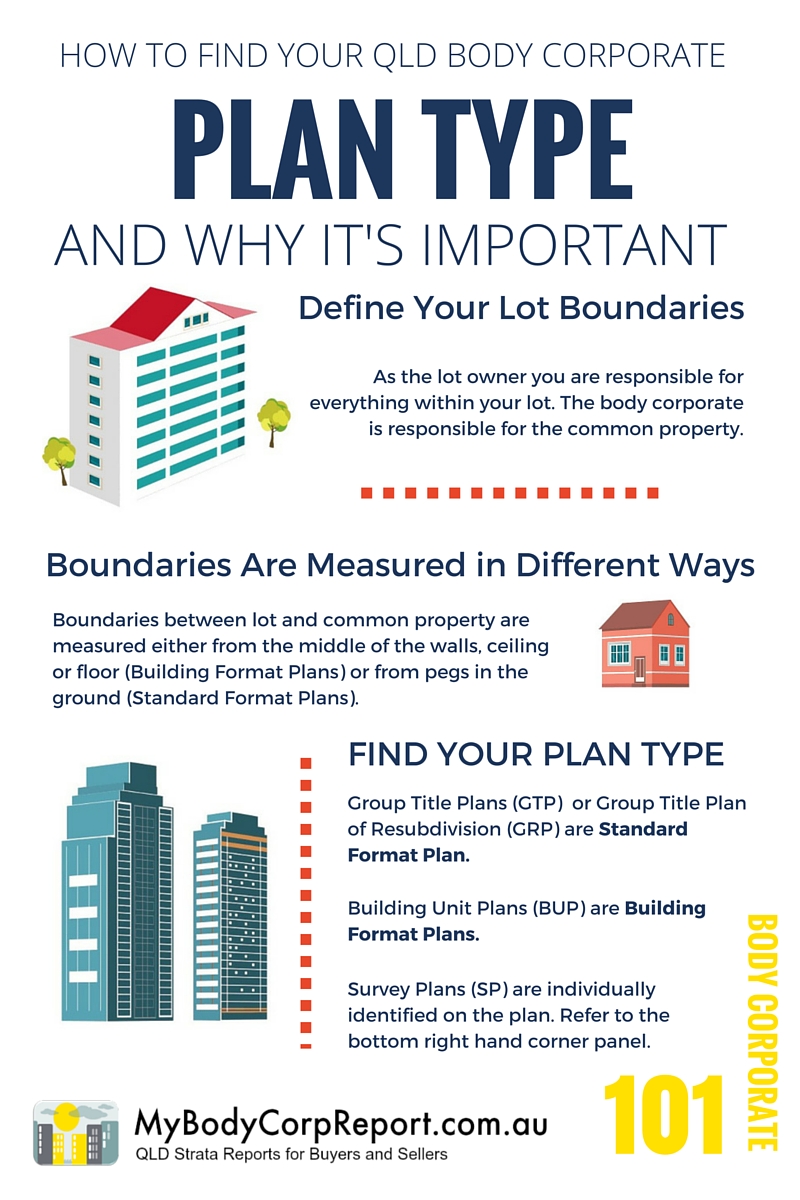Body corporate fences: No one seems to be too clear on who is responsible for maintaining them. Is it the body corporate or the lot owner?
As with most things body corporate the answer is it depends. Not very helpful I know but that’s why there’s a whole article on this subject.
Do bear in mind that every strata scheme is individual and land can be divided in some weird and wonderful ways. Always check your own personal circumstances before taking any action.
Is It On Exclusive Use of The Lot?
Usually with all things maintenance the first thing is to determine the plan of the scheme: Standard Format Plan or Building Format Plan.
If the scheme is a standard format plan then the fenced area will be part of the lot and it is lot owner responsibility to maintain.
If the scheme is a Building Format Plan and the area is exclusive use area things are more problematic.
Exclusive use areas are what they say; for the exclusive use of the lot to whom they’re granted. However, it is still common property and the body corporate still nominally “owns” it.
Things get problematic because exclusive use is, usually, granted subject to conditions. One of the most common conditions is that the grantee, ie the lot owner, will be responsible for maintenance.
Do you see the problem? Is the necessary work repair and maintenance or something different.

Fences on Exclusive Use
Luckily when it comes to fences things are clear cut, even if the exclusive use grant isn’t clear on who takes responsibility.
In The Gardens CTS 11750 the Adjudicator noted:
If the fence, primarily benefits the exclusive use area of an individual owner rather than the body corporate as a whole then maintenance of that fence would be part of the operating costs of that exclusive use area. This means that the individual owner, not the body corporate, should be responsible for maintaining the fence. This applies irrespective of whether the fence in question is technically located just within the area, just outside the area, or on the boundary of the exclusive use area.
The operational part of that sentence is “benefits the owner not the scheme as a whole”.
As a general rule of thumb if you have a fence somewhere in your lot it is, usually, there to grant you some privacy and is therefore an improvement for your benefit. You are therefore responsible for maintaining it.
You will not be responsible if it’s granted as an exclusive use area and the relevant by-law(s) outline some other arrangement regarding maintenance.
And, most importantly, lot owners are not responsible for boundary fences.
Body Corporate Boundary Fences
Section 311 of the BCCM Act 1997 says that for the purposes of the Dividing Fences Act 2011 (previously 1943) the body corporate is the owner of the scheme land.
A boundary fence is a fence that is used to separate the scheme land from non-scheme land. Further, in this case “fence” doesn’t just mean fence but can include retaining walls or even structures. Each case is individual and it will depend on whether the structure or wall forms part of the fence.
Boundary fences are the responsibility of the land owner. In the case of a strata scheme that would mean the collective land owners, or the body corporate, is responsible for maintaining and / or replacing the boundary fences.
That applies even if the boundary fence forms part of the smaller boundaries of the individual lots or exclusive use areas.
So if your lot, or part of your lot, is enclosed with fences, one of them being a boundary fence, the body corporate is responsible for maintaining the boundary fence and you are responsible for the rest.
Dividing Fence Rules Apply
When it comes to fences the rules about neighbourhood fencing apply. Even if you are within a strata scheme.
That will mean if a fence is falling down then the two owners responsible, one on each side of the fence, are jointly responsible for maintenance and repair.
For boundary fences that will mean the body corporate and the neighbour will be jointly responsible.
For fences within a strata scheme between lots the two lot owners affected will be responsible.
If the fence is between the lot and common property the body corporate is the owner of the common property therefore will be jointly responsible with the respective lot owner.
It’s important to note that this concept doesn’t over rule the previous one about owners being responsible for their own fences. The fence between common property and your lot might be falling down but it will still be solely your responsibility, unless the common property half of the fence is used for a specific purpose, like a pool fence.
The reason it remains your responsibility is overall body corporate legislation requires communal funds to be spent only on those things that benefit all owners. It’s the same reason that infrastructure on common property that only services one lot is the responsibility of that lot. Communal funds may not be used to benefit one lot only.
I reiterate this is “rule of thumb” stuff, and of course only my interpretation, so you should always check your own personal circumstances before proceeding.
Maintenance Vs Improvement of Body Corporate Fences
Maintenance, it needs to be noted, is not the same as an improvement.
Lot owners are only responsible for maintaining their fences.
What that means is the body corporate can’t simply decide to replace every fence around the scheme with another fence in a nifty new material and stick their hands out for a contribution to fund it.
An upgraded fence is an improvement and you are not required to improve the fence, only maintain it.
Even if the fence does need replacement. Each owner will be responsible for the replacement of the fence up to the current standard only.
That doesn’t mean the collective owners can’t decide they’d like to update their fences to the nifty new material, at their own cost. They absolutely can, of course. To do so though they need to pass a motion at general meeting and each owner will need to explicitly agree to proceed, usually in writing.
Conclusion
To complete this article I had to spend time researching. That may sound strange but much of what I write is common knowledge all over the South East and, apart from legislative references, I do mostly write off the top of my head.
It’s not the same with body corporate fences. They seem to be this resistant pocket of doubt that people try and navigate. Though I often see fence debates in body corporate records there doesn’t seem to be a consensus on how things should be treated and all sorts of things happen.
I’d love to hear if you’ve had a different fencing experience. Leave a comment and let me know.

